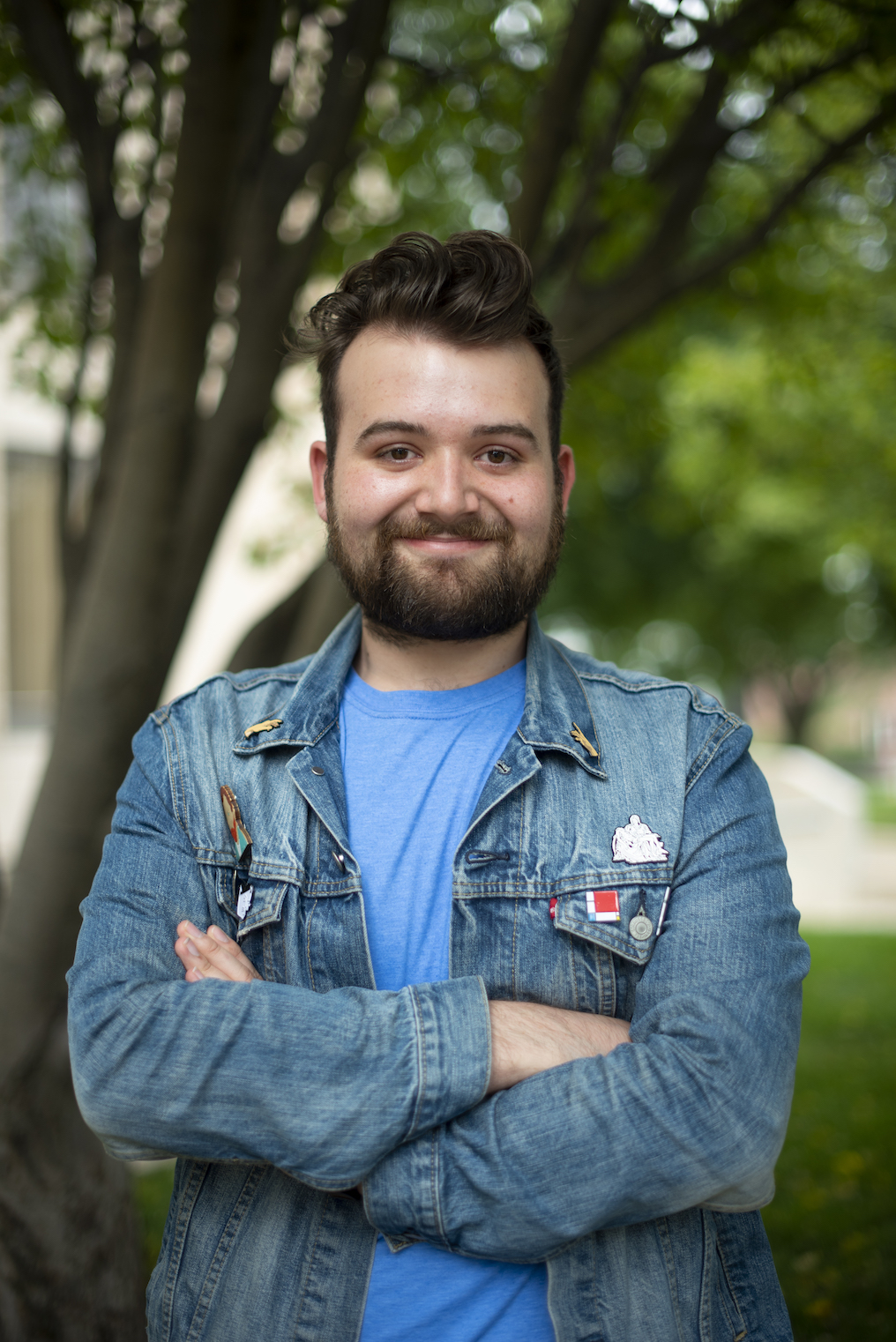Fresh Organic Portraits
Summer, 1572, Kunsthistorisches Museum, Vienna
PC: Wikimedia Commons
Memento Artem
At some point, you may have encountered the fantastical portraits of people made up of random items like fruits and vegetables. Believe it or not, these aren’t the bizarre and illogical pieces of a 20th century Surrealist artist. Rather, it’s the artwork of the Renaissance artist Giuseppe Arcimboldo who inspired the pieces of Surrealists almost 500 years later.
Arcimboldo was born in the major artistic and cultural center of Milan, Italy in 1526. His father, Biagio Arcimboldo, was a painter who trained Giuseppe in his early childhood.
However in 1563, when Giuseppe was 36-years-old, he left Italy and began to work as a court artist for the Habsburg Emperors Maximilian II in Vienna and, later, Rudolf II in Prague. During this time, he created his unique composites of human figures and inanimate objects, animals, and produce.
After arriving in the court of Maximilian II, Arcimboldo noticed the emperor’s fascination with biological sciences like botany and zoology. Expeditions to undiscovered locations brought exotic plants and animals back to Habsburg.
This resulted in the transformation of the imperial court into a hub of scientific study with botanical gardens and zoological parks. Arcimboldo took advantage of these extensive resources and created study illustrations which he would later include in his unusual portraits with extreme lifelike accuracy.
One group of portraits Arcimboldo created was in celebration of the reign of Emperor Maximilian II, entitled “The Seasons.” In this set, Arcimboldo used plants associated with each season of the year composited with human figures. The paintings were such a hit, the emperor displayed them in his Kunstkammer (a special chamber where he kept art and other relics from around the world.)
It’s amazing what these portraits do to the imagination. Between the clothing made of grain and the body of glistening, vibrant and fresh produce, it feels as if you could have a full conversation with the personifications of each season.
What do you think they’d they say? What would their personalities be like? Perhaps this is the engagement Arcimboldo wanted us to have. With a dash of humor, a pinch of fantastical whimsy and a lot of creativity, he created portraits that make impactful engagements that are not only in the Habsburg courts of the 16th century, but with us today.
Cameron Cizek is a senior studying computing.


